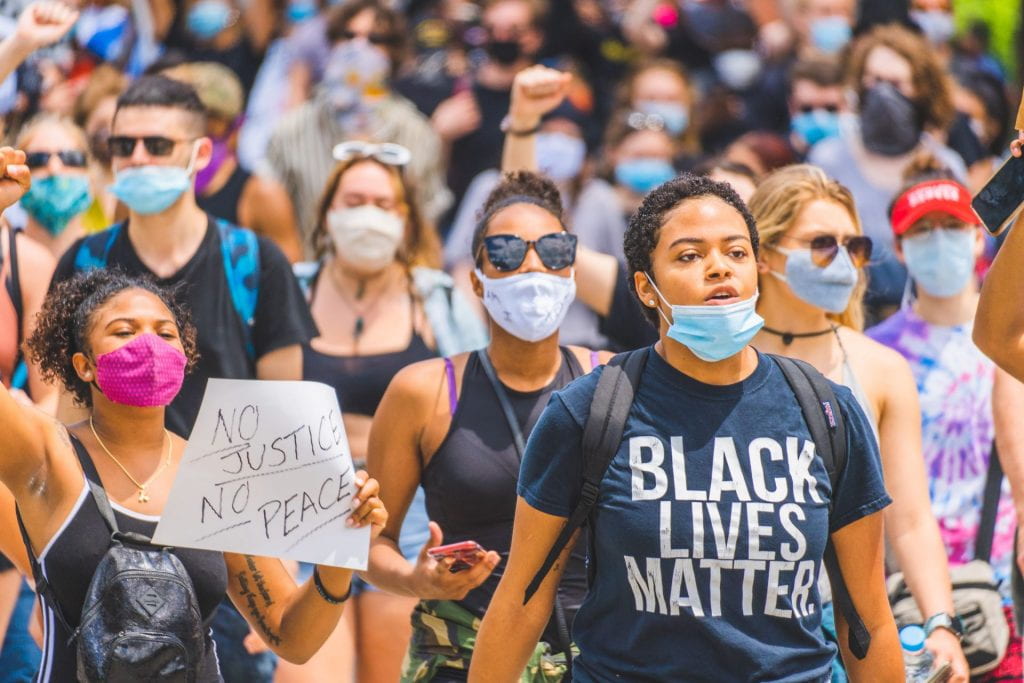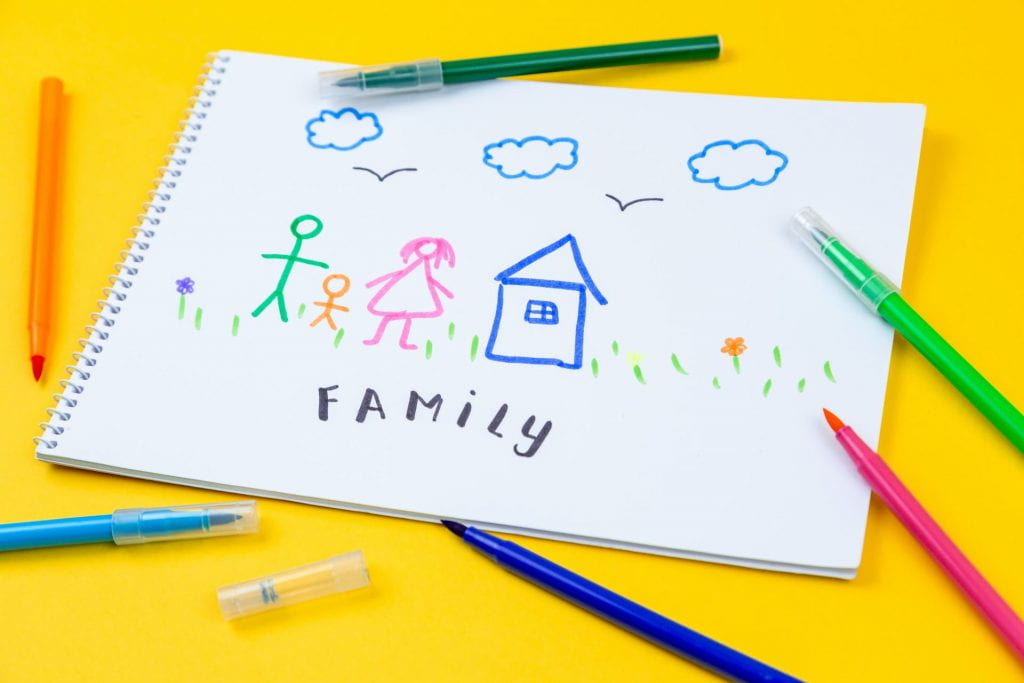
Schooling and learning have changed. From passivity to authenticity. Transferability the clear goal. An analogy that might help better understand this evolution is the user experience of shopping and how it has morphed, almost into an unrecognizable state. The advent of shopping catalogs can be traced back further back in history than one might assume, however we are but a couple generations removed from the “Golden-era of mail order.” You may even have memories, fond or otherwise so, of the 1980’s when we saw the likes of Lands End, J. Crew, and Sears. The retail catalog business estimated at $164 billion in 1989. Catalogs now are but a faded memory, yet they were the building blocks for the budding behemoth, Amazon. Nowadays there is talk about the use of augmented reality to assist with virtual shopping. Amazon being one such company utilizing patented mirror technology. The evolution of shopping is an illustration of an undeniably different world than the one adults experienced as children. This is not unlike our schools and classroom. Yet, unless you never left school, many adults today may not have realized this transformation.
One Question Remains
Before the turn of the millennium I started teaching in an urban school in a large city in the United States. Three quarters of the 8 and 9-year olds in my class would not share the end of the school year, as name tags would tirelessly be replaced with the incessant cycling in and out. Transience was often a result of families being evicted from government subsidized housing. Most headed by a single parent, always mothers. The young women’s experience with education, negative more often than not. To get them to come for a parent night or conference was a stretch. Families merely surviving.
Fast forward to another reality, teaching in Asia at a respected international school. Standards, compliance, and well resourced; many students have help at home: maids, tutors, coaches, and extended family. Two parent households the norm; both often highly educated. Conference attendance is nearly 100 per cent. Still, one question is worthy of asking.
How well do parents really understand what school is today?
In both situations above, intentionality is essential. How are we welcoming parents in, helping educate them on how the world has changed, and how this translates to being a student today? Unless we do so, the divide likely will remain. A disconnect where seemingly a more scientific rather than artistic means of measuring wins out. The quantifiable, hard and fast grades prioritized over the qualitative process of learning. Commanding teachers as opposed to empowered students.
Just Where Are We Now?
During the pandemic Zoom was used in more than 90,000 schools in 20 countries. In effect, this meant that hundreds of thousands, if not millions, of classrooms were opened to parents. Sitting on the periphery, or in the case of younger students possibly directly in front of the screen with their child. Parents had an opportunity to be fully integrated, immersed in the learning even if virtual school was different. Smeared or possibly even “broken,” it was a “window” nonetheless. Zoom certainly required teachers to be vulnerable.
Ted Dintersmith, author and film producer, of “What School Could Be” optimistically reveres the pandemic as a remarkable opportunity. “Will we rush to go back to ‘normal,’ piling on the worksheets and fact-based exams? Or will we learn from what worked this past year and use these insights as a springboard for reimagining school??” A component of this “reimagining” hopefully will be the critical role of parents.
Dr. Diana Hiatt-Michael, a professor of education at Pepperdine University for more than three decades, examined the historical role of parents in education. Published by Academic Development Institute, “Parent Involvement in American Public Schools: A Historical Perspective 1642—2000,” attests to how the pendulum has swung back and forth. “From strong parent involvement in the home and community based schools of the agrarian seventeenth century to the bureaucratic factory model schools of the industrial revolution,” writes Dr. Hiatt-Michael. What the impending Information and Experience Age propagates is still left to tell. However, what is not in question, is the profound impact parental involvement has in a child’s education.
However, hiring out or programming the lives of children is not call. Rather, the quiet strength in truly listening to children. As well, especially in the pre-teen and teenage years, maintaining trusting child-parent relationships where artful two-way conversation is a part of family’s home cultures. This communication about friends, things a child may be excited or even nervous about, as well as what is being learned in school. Parents and children alike never have expressed titillation from the generic deadend conversation that begins with, “How was school?”
What We Can Do (3-2-1 A Common Technique in a Teacher’s Toolkit)
Parents play an integral role in assisting their child’s learning but how might we better facilitate this? Furthermore, how might we as students, parents, teachers, and schools have a more shared vision of what education can be? Let us finish with some hopefully easily applicable ideas for paving a luminous path.
3 Things Teachers and Schools Can Do:
3 Invite families into the classroom to observe. And not just once or twice a year.
2 Share regular “newsletters,” updates, or e-mails to help keep parents informed and involve .
1 Share recommended resources that can assist with building greater understanding of the world of children and education today. As well, parenting wisdom. For example, Madeline Levine’s “Ready or Not: Preparing Our Kids to Thrive in an Uncertain and Rapidly Changing World.”
2 Things Parents Can Do:
2 Set down your phones and create time daily to speak with your children.
1 Parents teaching parents: volunteer to provide or attend a workshop. Topics such as as self-management and finding balance with technology are often especially valuable.
1 Thing Students Can Do:
1 Do not wait for events like student-led conferences to share your learning and lives with adults.
###########################


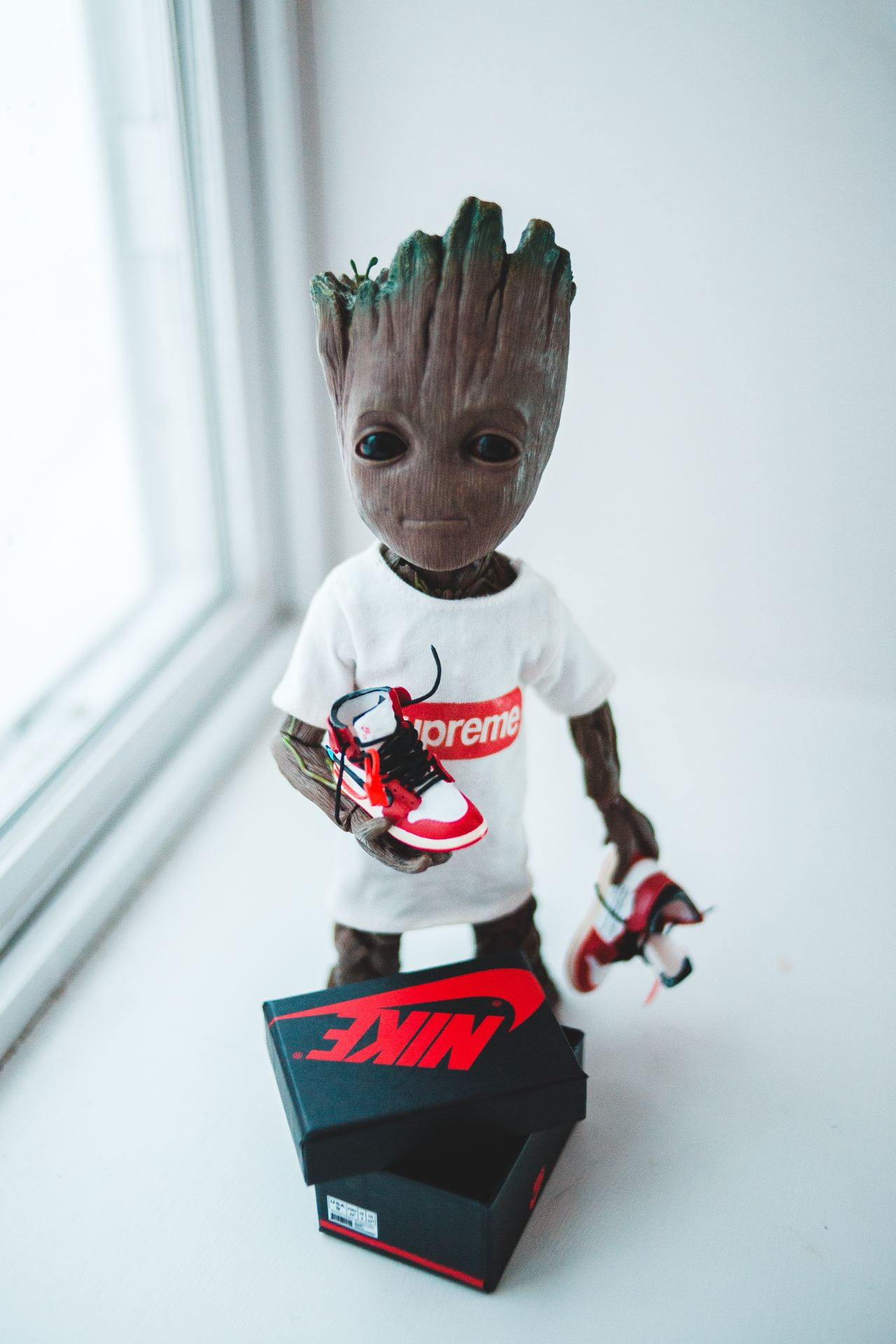


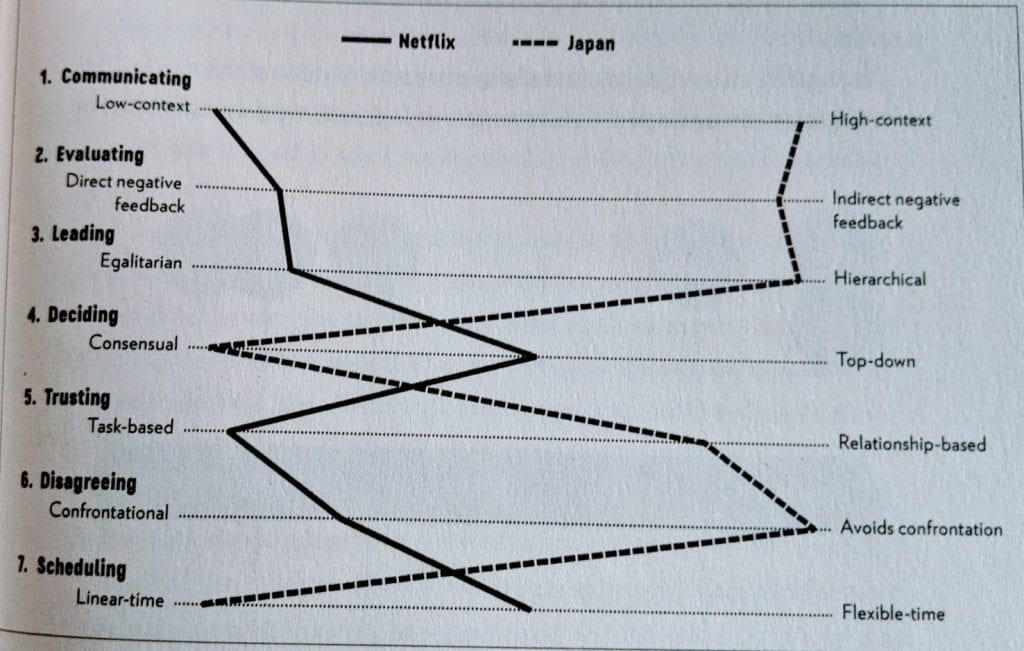



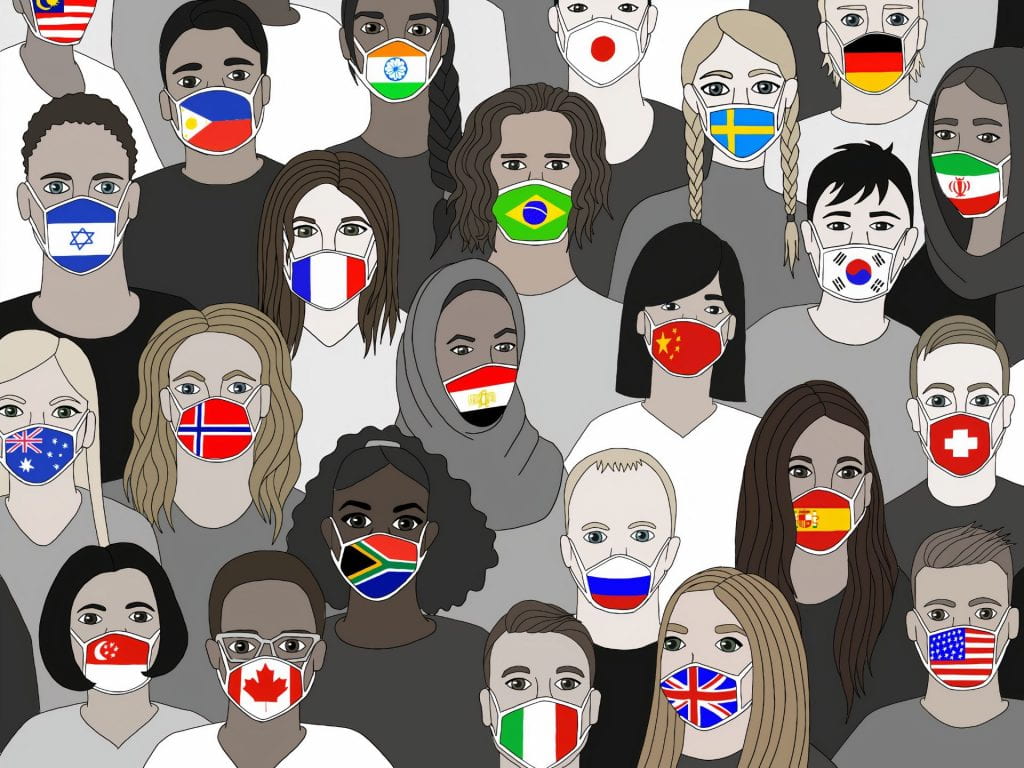

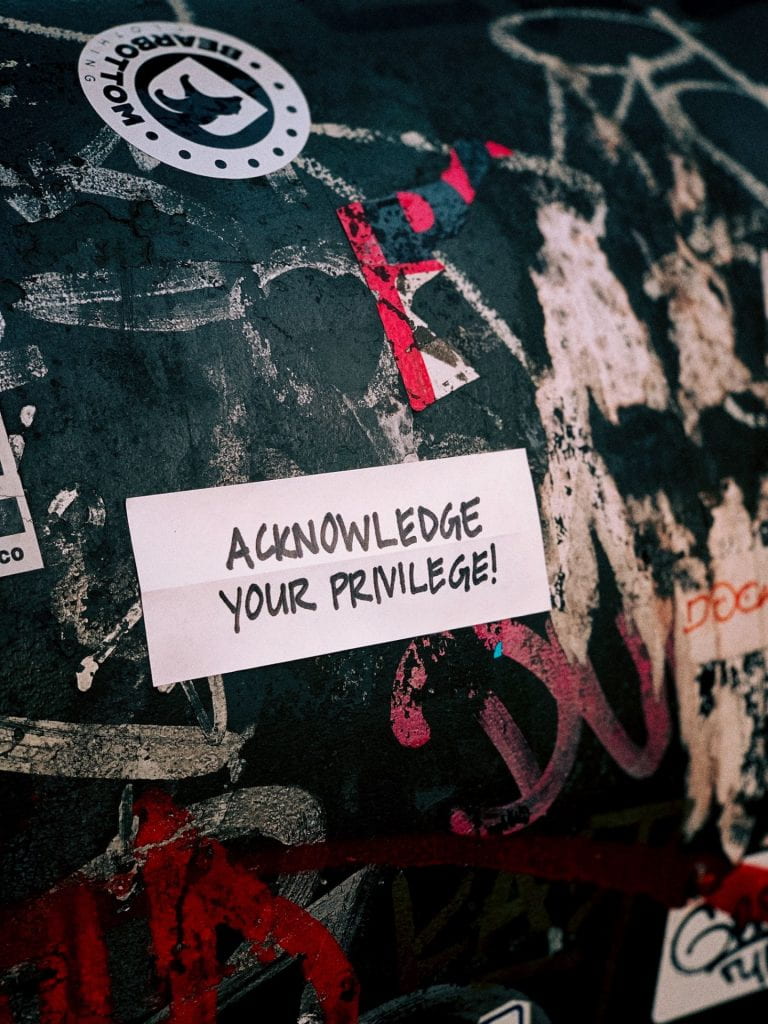
 Photo by
Photo by 